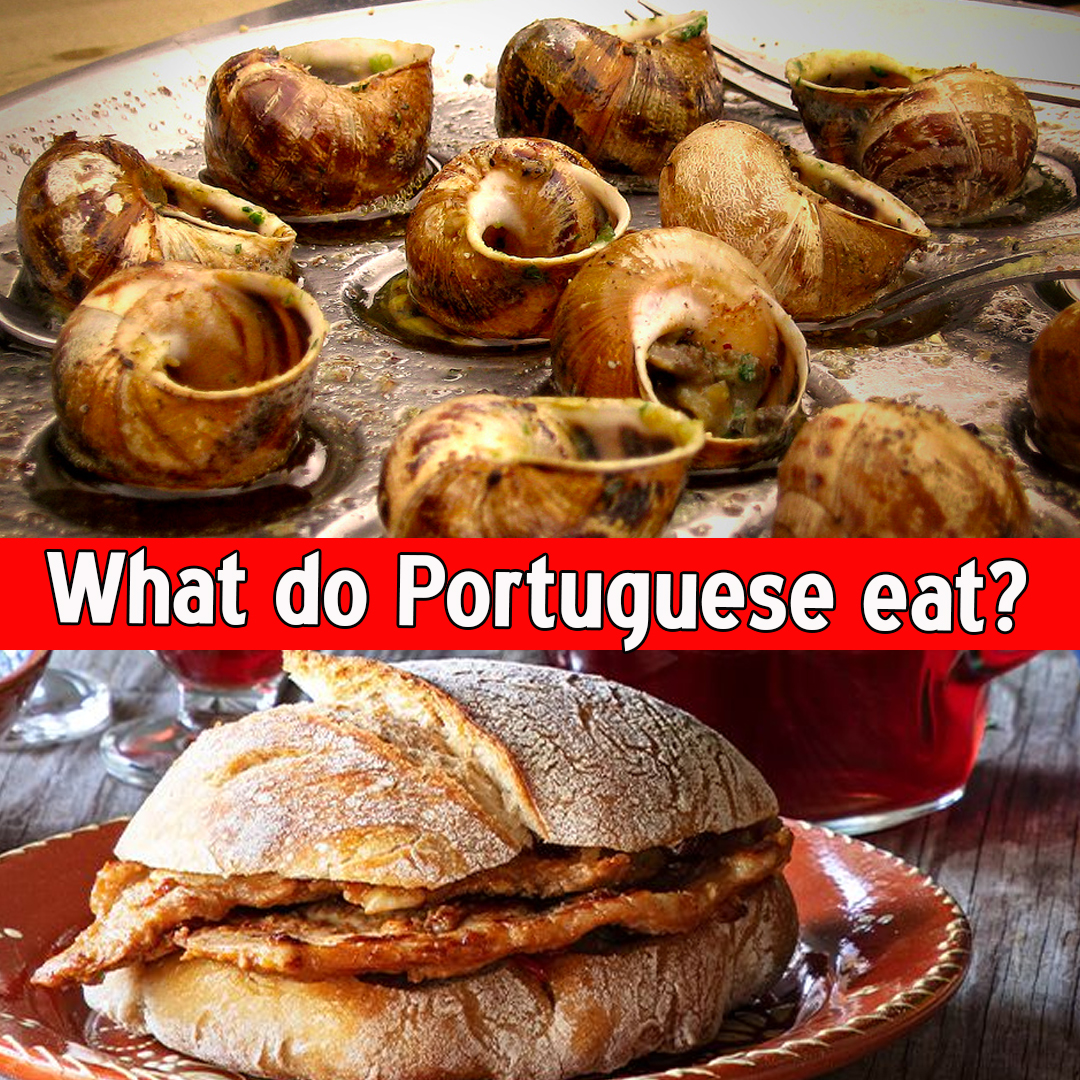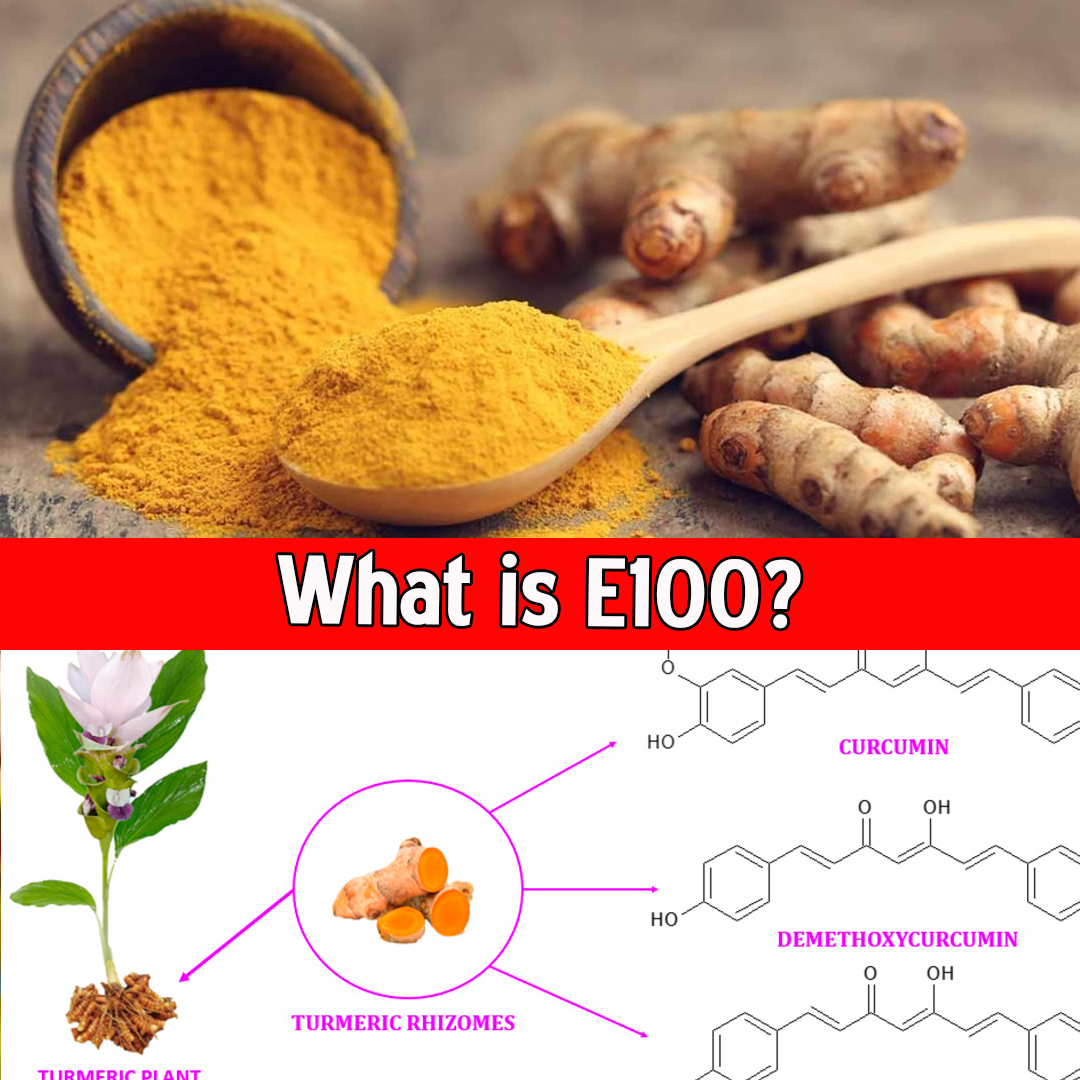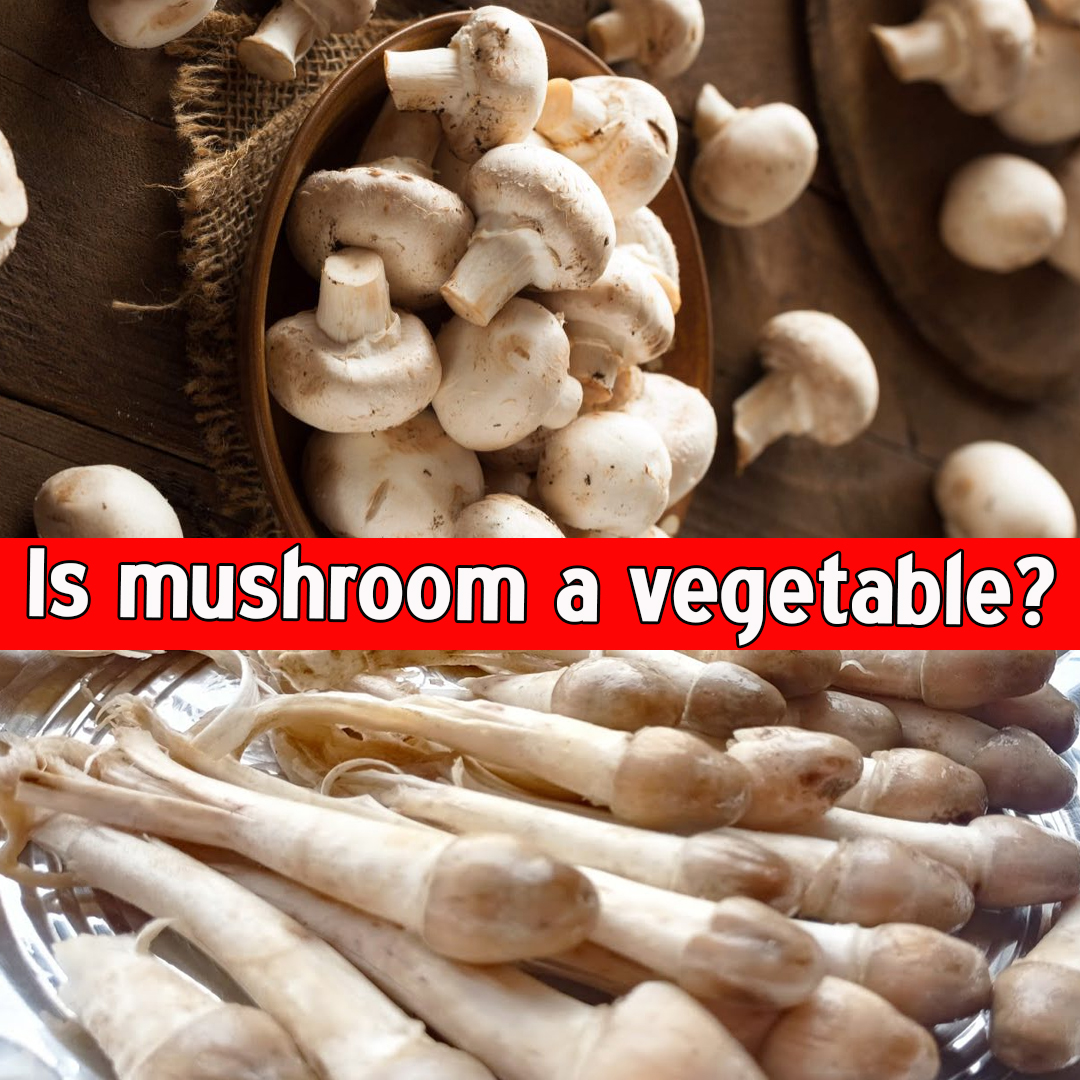What Do Portuguese Eat?

What do Portuguese eat?
Introduction
Portugal is a nation where food is more than sustenance — it’s a part of life, culture, and identity. From rustic seafood stews to custard-filled pastries, Portuguese cuisine is a rich tapestry of tradition, regional diversity, and historical influence. Rooted in the Atlantic Ocean and seasoned with spices from former colonies, the Portuguese diet is one of the Mediterranean’s most underrated treasures.
So, what do Portuguese people eat on a day-to-day basis? What foods define their national identity? This article explores the traditional foods, eating habits, ingredients, and mealtime culture in Portugal — offering a detailed insight into a cuisine that’s hearty, soulful, and delicious.
| Read more – Is chocolate bad for dogs? |
1. The Foundation of Portuguese Cuisine
Portuguese food is best described as:
- Hearty and simple
- Seafood-rich
- Olive oil, garlic, and onion-based
- Influenced by exploration, colonization, and trade
Its strength lies in fresh ingredients, time-honored techniques, and modest but bold flavors.
Key Ingredients:
- Seafood (cod, sardines, octopus, clams)
- Olive oil (azeite) – the foundation of nearly every dish
- Onion and garlic – base aromatics
- Cilantro and parsley – used for finishing
- Chili and paprika – mild spice tones
- Wine and vinegar – for depth
2. Traditional Portuguese Meals by Time of Day
A. Café da Manhã (Breakfast)
Portuguese breakfasts are typically light:
- Pão com manteiga (bread with butter)
- Tosta mista – grilled ham and cheese sandwich
- Pastel de nata – iconic custard tart
- Coffee – a must! Often espresso (bica) or galao (milky coffee)
Breakfast is not the biggest meal; it’s more about a quick bite, often consumed at a pastelaria (pastry café).
B. Almoço (Lunch)
Lunch is a main meal and often consists of three courses:
- Soup: Nearly every Portuguese starts with sopa, like:
- Caldo verde – potato and kale soup with chouriço
- Sopa de legumes – vegetable soup
- Main Dish: Often fish or meat, served with:
- Rice
- Potatoes (boiled, mashed, or fried)
- Salad or greens
Popular lunch dishes include:
- Bacalhau à Brás – shredded cod with onion, potato, and egg
- Arroz de pato – baked duck rice
- Feijoada – bean stew with meat
- Dessert:
- Flan (pudim)
- Fruit
- Or simply a shot of espresso
C. Lanche (Afternoon Snack)
Around 4–5 p.m., the Portuguese enjoy lanche, often:
- A sandwich or sweet pastry
- Juice or coffee
- In schools, children have pão com fiambre (ham sandwich) or yogurt
D. Jantar (Dinner)
Dinner is lighter than lunch but still substantial. Common dishes include:
- Grilled sardines or mackerel
- Soup followed by a small meat/fish dish
- Omelets, salads, or leftovers from lunch
Dinner is served between 8:00 and 9:00 p.m., especially in urban areas.
3. National Dishes of Portugal
1. Bacalhau (Salted Codfish)
Known as the “faithful friend,” bacalhau is Portugal’s unofficial national dish. There are over 365 ways to cook it — one for each day of the year!
Popular bacalhau dishes:
- Bacalhau à Brás – shredded cod, fried potatoes, eggs, olives
- Bacalhau com natas – creamy baked cod with potatoes
- Bacalhau à lagareiro – grilled cod with garlic and olive oil
2. Sardinhas Assadas (Grilled Sardines)
A staple of summer festivals like Santo António in Lisbon, sardines are grilled whole and eaten with:
- Bread
- Roasted peppers
- Boiled potatoes
3. Cozido à Portuguesa
This is a boiled stew of meats, sausages, and vegetables — like a Portuguese pot-au-feu. Ingredients include:
- Pork
- Beef
- Chouriço
- Cabbage
- Carrots
- Potatoes
It’s rustic, hearty, and deeply traditional.
4. Francesinha (Porto Specialty)
Meaning “Little Frenchie,” it’s a decadent sandwich made of:
- Layers of meat (ham, steak, sausage)
- Melted cheese
- Bread
- Beer and tomato sauce
- Topped with a fried egg, often served with fries
5. Arroz de Marisco (Seafood Rice)
Similar to paella but saucier, this seafood rice features:
- Shrimp
- Clams
- Mussels
- Tomato
- Garlic
- Cilantro
It’s deeply comforting and coastal.
4. Portuguese Pastries and Desserts
A. Pastel de Nata
This custard tart is legendary — crispy flaky shell, creamy sweet center, topped with cinnamon. Created by monks in Belém (Lisbon), it’s Portugal’s most famous dessert.
B. Bolo de Bolacha (Biscuit Cake)
Made with Maria biscuits layered with coffee and buttercream — a no-bake favorite.
C. Arroz Doce (Sweet Rice Pudding)
Cinnamon-dusted rice pudding, creamy and mild — a traditional homemade dessert.
D. Pão de Ló
A sponge cake that’s light and slightly eggy — perfect with tea or coffee.
5. Portuguese Breads and Cheeses
A. Pão (Bread)
Bread is central to every Portuguese table. Varieties include:
- Papo seco – white bread roll
- Broa de milho – dense corn bread
- Pão alentejano – sourdough-style from Alentejo
B. Queijo (Cheese)
Often served before or after meals, with or without wine.
Famous cheeses:
- Queijo da Serra – creamy sheep’s cheese from Serra da Estrela
- Azeitão – buttery, rich cheese
- São Jorge – aged cow’s cheese from the Azores
6. Portuguese Beverages
A. Wine
Portugal is home to rich wine traditions:
- Port wine – fortified, sweet red wine from Douro Valley
- Vinho verde – “green wine” from Minho, crisp and slightly fizzy
- Red wines from Alentejo and Dão
B. Ginjinha
A cherry liqueur sipped in Lisbon or Alcobaça — sweet, slightly bitter, and served in a shot glass.
C. Coffee Culture
Portugal is a coffee-loving nation, preferring:
- Bica – espresso
- Galao – milky coffee like a latte
- Meia de leite – similar to cappuccino
7. Portuguese Street Food and Snacks
- Bifana – pork sandwich marinated in garlic and spices
- Prego – steak sandwich often served after a seafood meal
- Rissóis – deep-fried pastries with shrimp or meat filling
- Chamuças – spicy samosas, influenced by Indian and African ties
These are common in street markets, fairs, and pastelarias.
8. Regional Food Highlights
A. North (Porto, Minho)
- Francesinha
- Tripas à moda do Porto – tripe stew
- Caldo verde
B. Central (Coimbra, Aveiro)
- Leitão – roasted suckling pig
- Ovos moles – sweet egg yolk treats in wafer shells (Aveiro)
C. Lisbon & Surroundings
- Amêijoas à Bulhão Pato – clams in garlic and cilantro
- Sardines
D. Alentejo
- Açorda – bread stew with garlic and coriander
- Porco preto – black Iberian pork
E. Algarve (Southern Portugal)
- Cataplana de marisco – seafood stew in a copper pot
- Grilled fish
F. Madeira & Azores (Islands)
- Espetada – beef skewers cooked on bay laurel sticks (Madeira)
- Lapas grelhadas – grilled limpets
- Queijo fresco – fresh island cheeses
9. Portuguese Food and Religion
Catholicism shaped many food customs:
- Cod is popular on Fridays and Lent due to meat restrictions.
- Many desserts were created in monasteries (egg-based sweets like pudim Abade de Priscos).
- Religious festivals often feature traditional foods like Folar de Páscoa (Easter sweet bread).
10. Portuguese Food Culture and Dining Habits
- Meals are social and family-centered.
- Portion sizes are generous.
- Eating slowly and with conversation is the norm.
- Dining out is affordable, and menu do dia (menu of the day) offers full meals for a great price.
Conclusion: A Culinary Identity Woven in Tradition
Portuguese cuisine is a harmonious blend of simplicity, flavor, and soul. Whether it’s bacalhau for lunch, a pastel de nata with coffee, or sardines grilled by the sea, each bite reflects centuries of history, colonization, migration, and cultural pride.
So, what do Portuguese people eat?















Leave a Reply